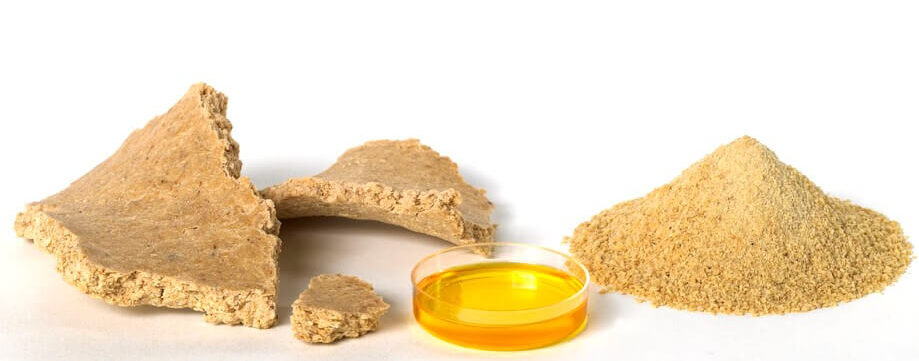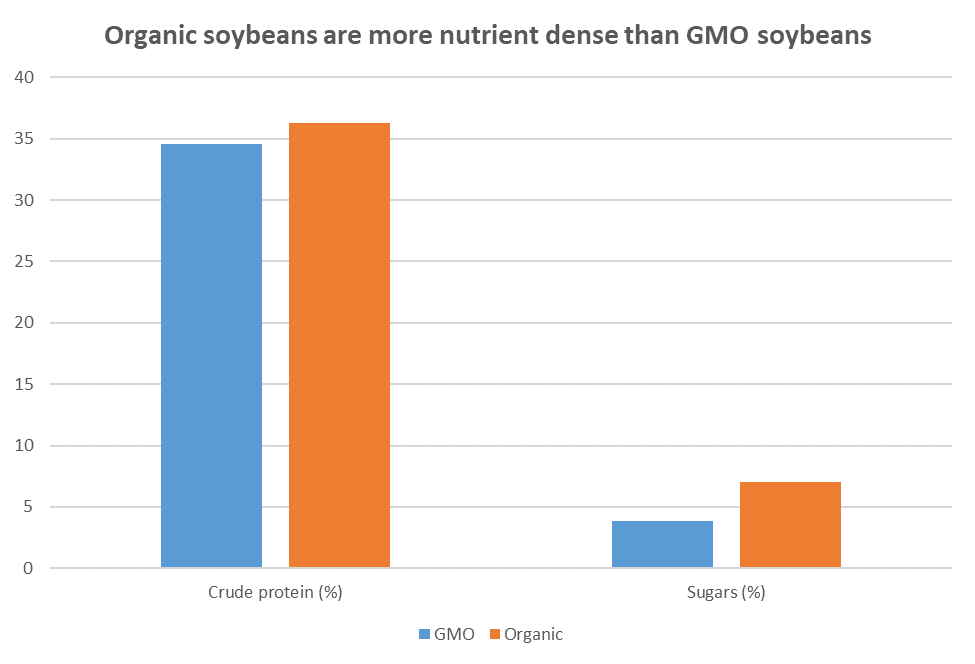Not All Oilseeds are Equal – Extrusion Captures Hidden Value

When it comes to oilseeds and grains, many assume they are interchangeable commodities with little variation. However, this could not be further from the truth. Differences in processing methods and raw material quality significantly impact nutritional value, yet traditional large-scale processing treats all soybeans the same and often blends them together, diminishing their unique traits.
One throughline of Insta-Pro’s blogs illustrates oilseeds, grains, and their final ingredients exhibiting more differentiation than is often assumed – the idea of decommoditization. Look no further than ExPress® soy meal, which is nutritionally superior to commodity, solvent-extracted soybean meal when used as livestock feed ingredients. We show these differences using data from animal feeding trials (see here and here).
As the dominant source of protein for livestock diets around the world, differences in raw soybean protein content do exist. For example, it’s clear that the growing period affects nutrient accumulation in soybeans, which is one reason why soybeans produced in places with shorter growing seasons tend to have lower protein. Additionally, soybean varieties have been developed with specific traits like high oleic content, which offer enhanced oil stability and improved nutritional benefits while containing slight variations in protein. This can impact feed formulations, as livestock diets rely on a precise balance of protein quality and energy content (fats and oils).
But what happens when you grow different kinds of soybeans near each other in the same crop year? It turns out there are significant differences in nutrient content between varieties. Researchers published a study showing that organic and genetically modified (GMO) soybean varieties, all grown in the State of Iowa, are different, as shown in the following graph:

Organic soybeans, produced under similar agronomic conditions, are, in fact, more nutrient-dense than GMO soybeans. As shown above, raw organic soybeans contain more protein and sugars than raw GMO soybeans. Clearly, soybeans are not a uniform commodity. Yet traditional processing methods treat them as such, blending different varieties and diminishing their value. Why should we treat soybeans as if they are an identical commodity when this is clearly not the case?
Fortunately, Insta-Pro extrusion allows the identity preservation of oilseeds like soybeans. There is simply no need to homogenize soybeans when they could easily be undervalued. High-shear dry extrusion ensures that specific benefits of a soybean variety, like protein nutrients or organic qualities, are not lost. If you’ve invested in high-quality soybeans, why let traditional processing diminish their worth? Contact a sales representative to learn more about preserving soybean nutrients with Insta-Pro extrusion technologies.



